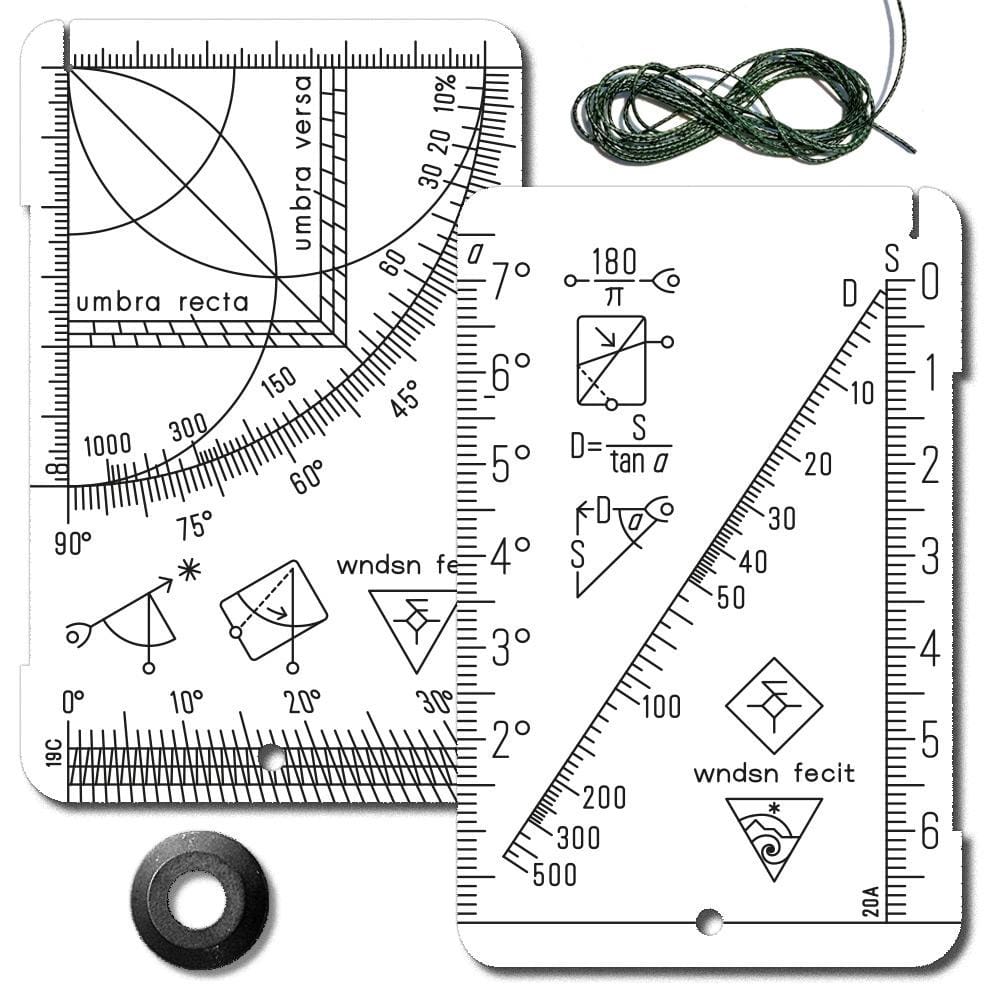
German company Wndsn has announced that Stately Asset Protection will offer their High-Viz White Quadrant Telemeter, MIL/MOA Range Calculator and Telemeter Dog Tag. All products are about to be shipped and are due stateside by mid to late September.
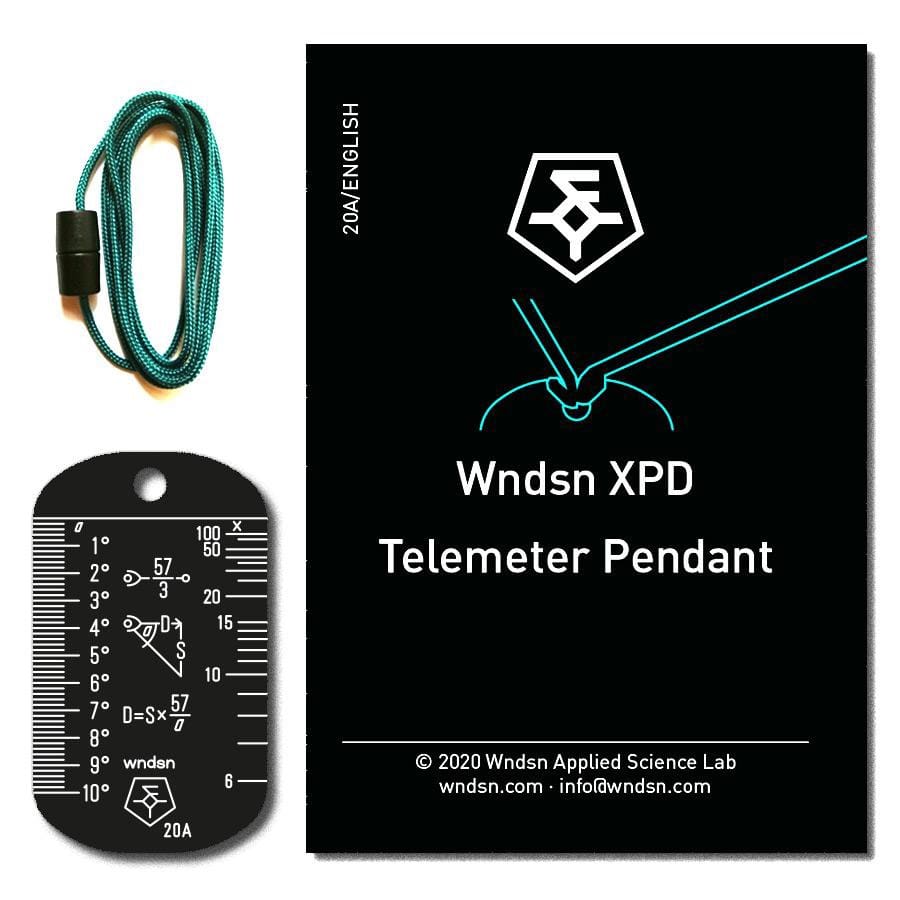

German company Wndsn has announced that Stately Asset Protection will offer their High-Viz White Quadrant Telemeter, MIL/MOA Range Calculator and Telemeter Dog Tag. All products are about to be shipped and are due stateside by mid to late September.

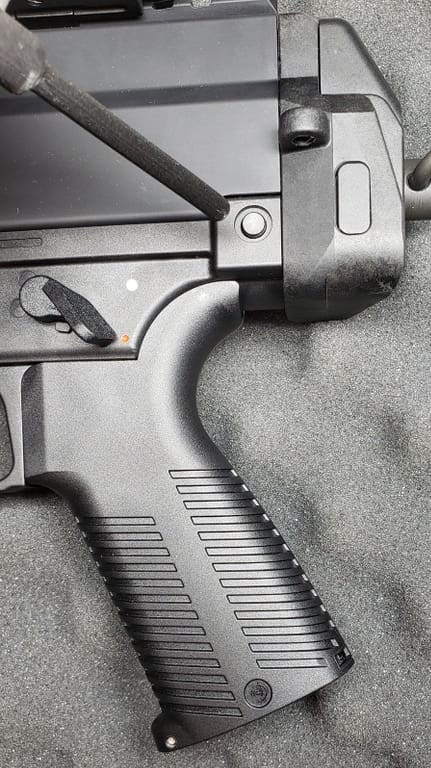
The Composite Field Punch from Warren Innovative Technologies was designed as a lightweight, non-metallic punch for pesky pins on firearms.
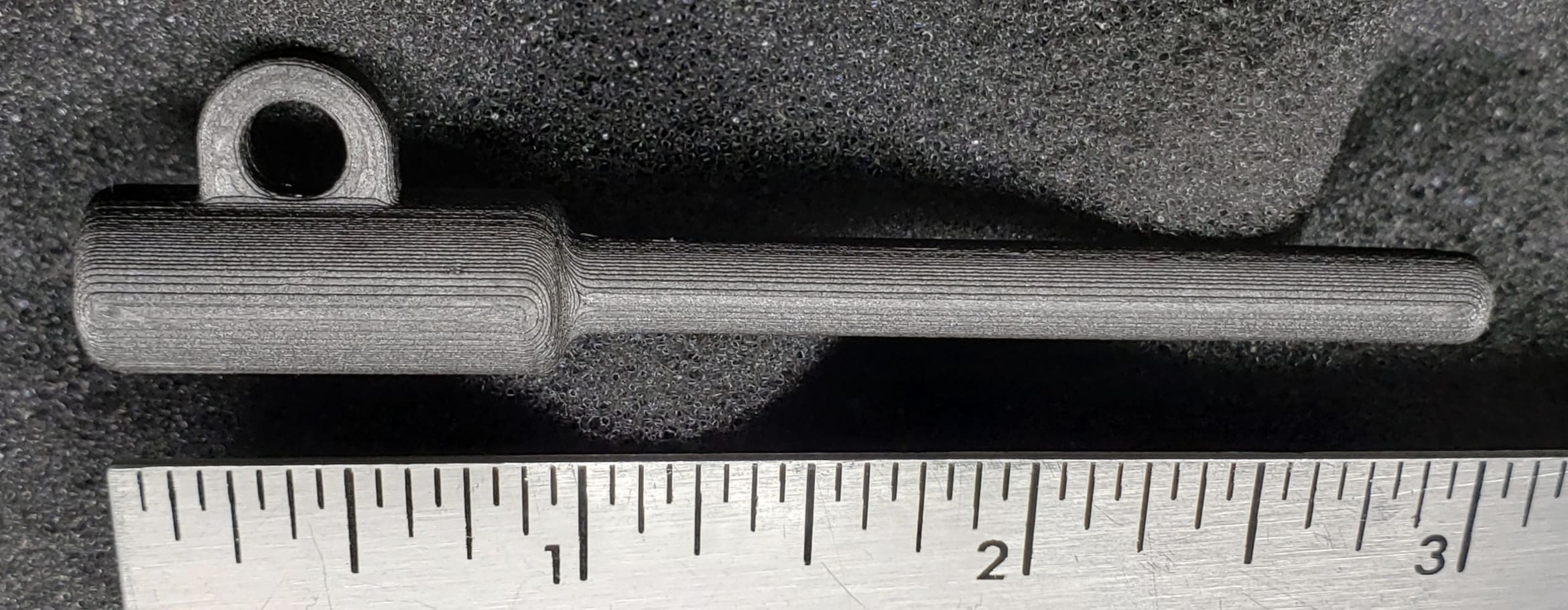
The outer material is chopped carbon microfiber reinforced nylon and the inside is continuous carbon fiber, making the tool as strong as aluminum and practically weightless. The small loop on the side allows a parachute cord lanyard (dummy cord) to keep it handy with your other field tools. The butt of a knife or other object can be used to tap the larger end. The .20″ diameter tip will work for all takedown pins and perform many other tasks.
www.suppressortools.com/products/black-powder-warren-innovative-technologies-llc
Leatherman Tools has partnered with Tonquin Trading to introduce three distinct emergency kits. The core of each of these kits is a Leatherman tool with select contents packed in a color-coded, zippered nylon bag, with room for a little more to customize your kit.
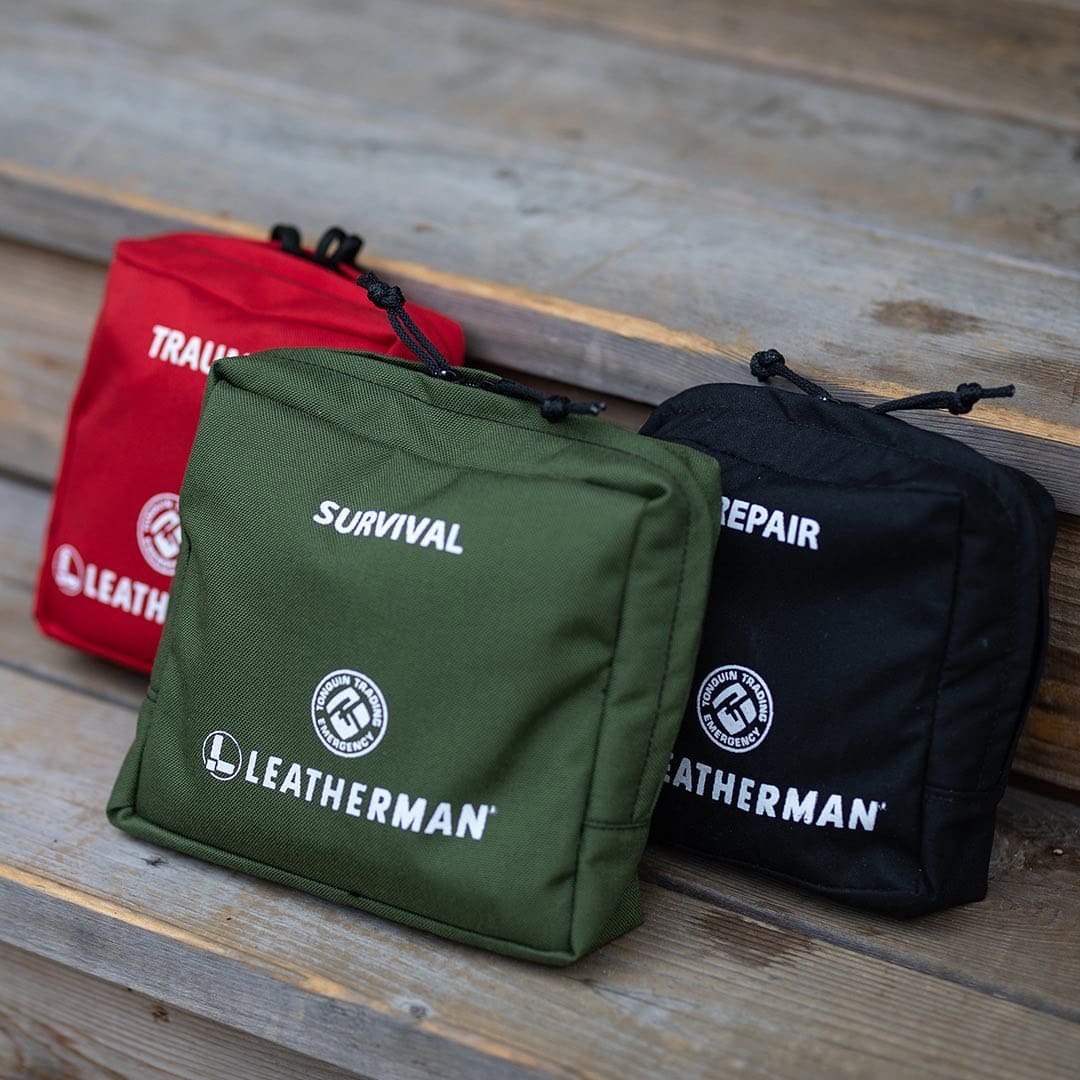
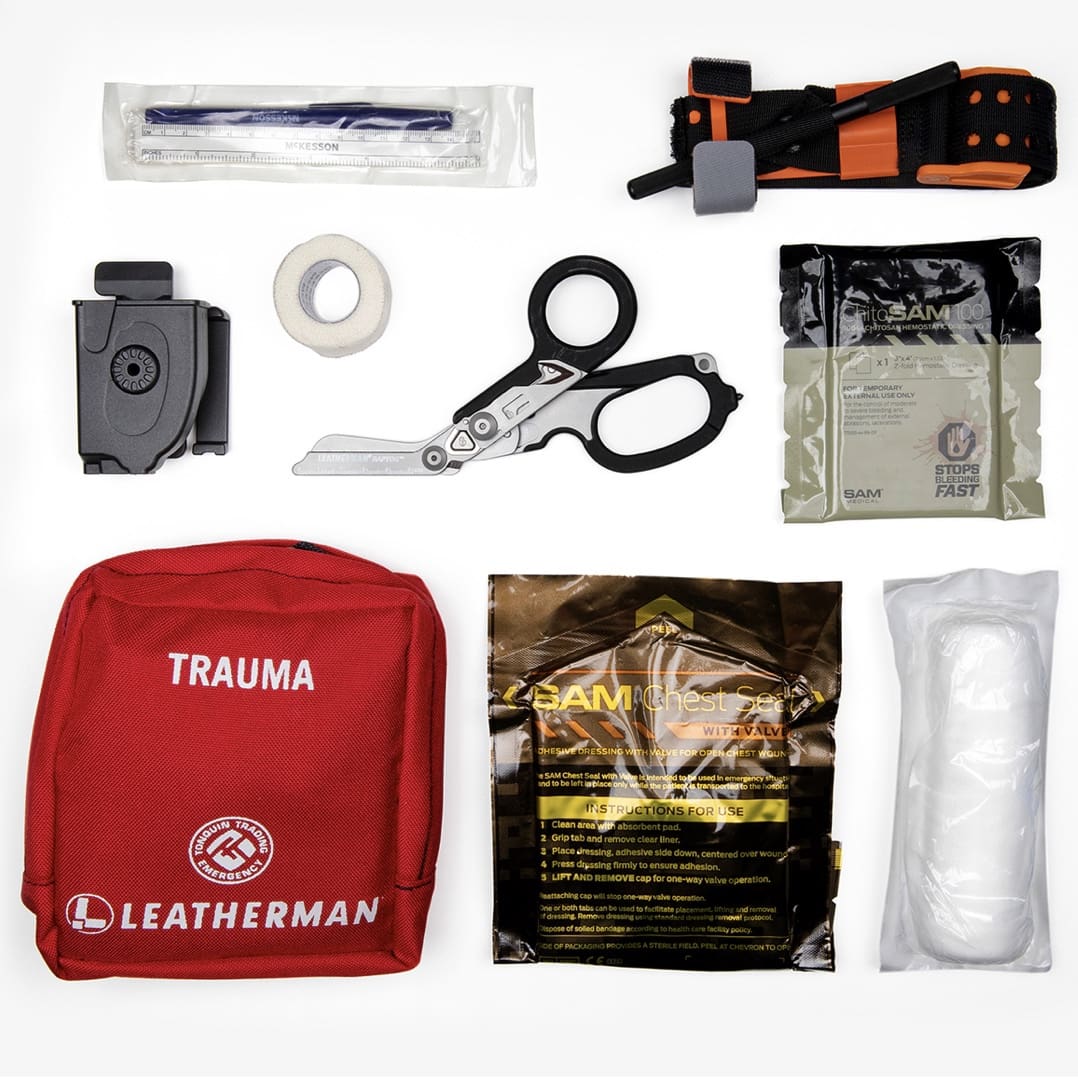
In addition to the Leatherman Raptor folding scissors, there’s a SAM XT Tourniquet, nitrile gloves, chest seal, 6” gauze roll, Chitosam 3” x 4’, marker, and cloth tape.
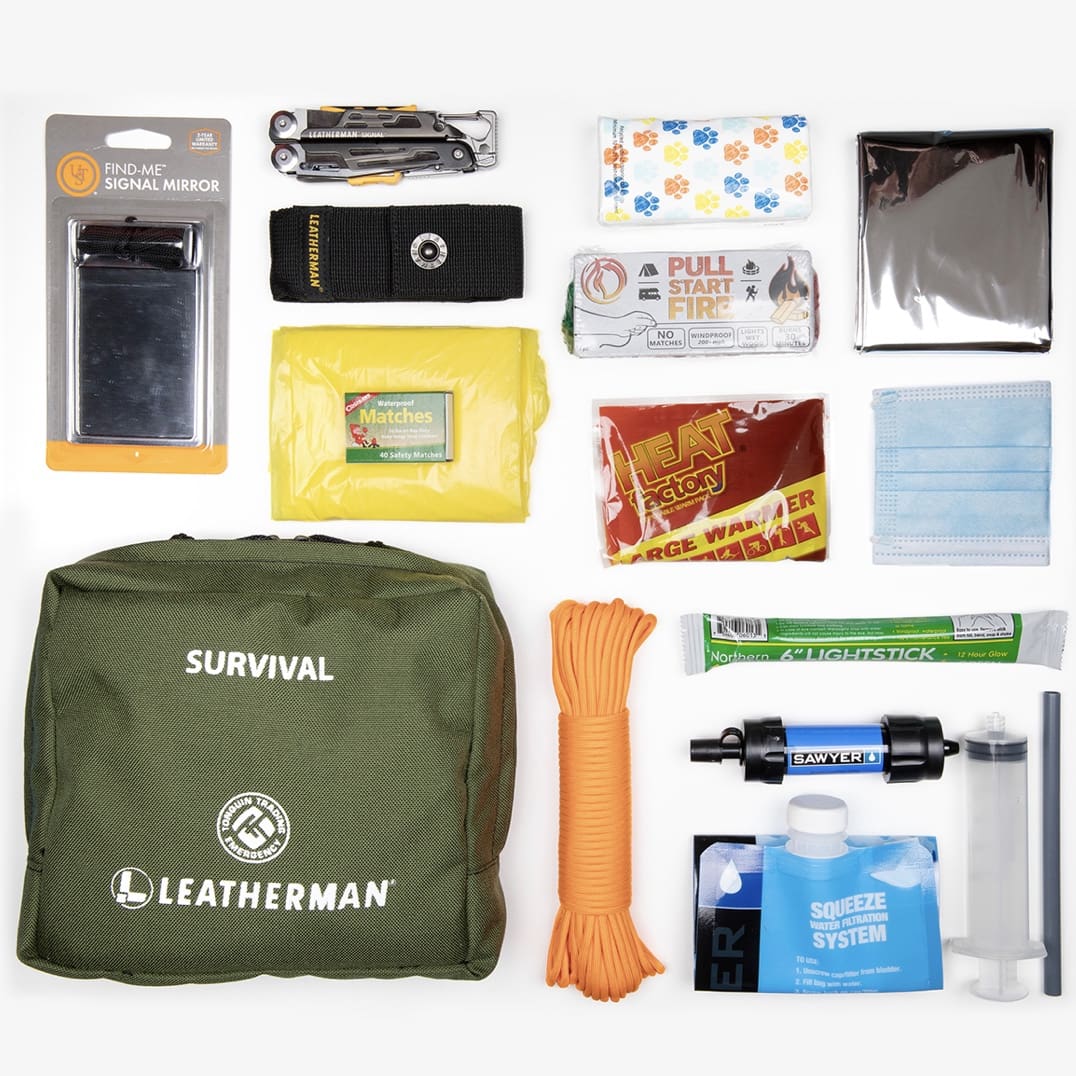
The survival kit is built around Leatherman’s flagship model, the Signal which is packed with 19 tools. The help keep you alive, there’s also a survival blanket, hand warmer, poncho, pull fire, face mask, toiletries (pocket tissue), light stick, signal mirror, matches, Paracord 50′, and Sawyer Mini water filter.
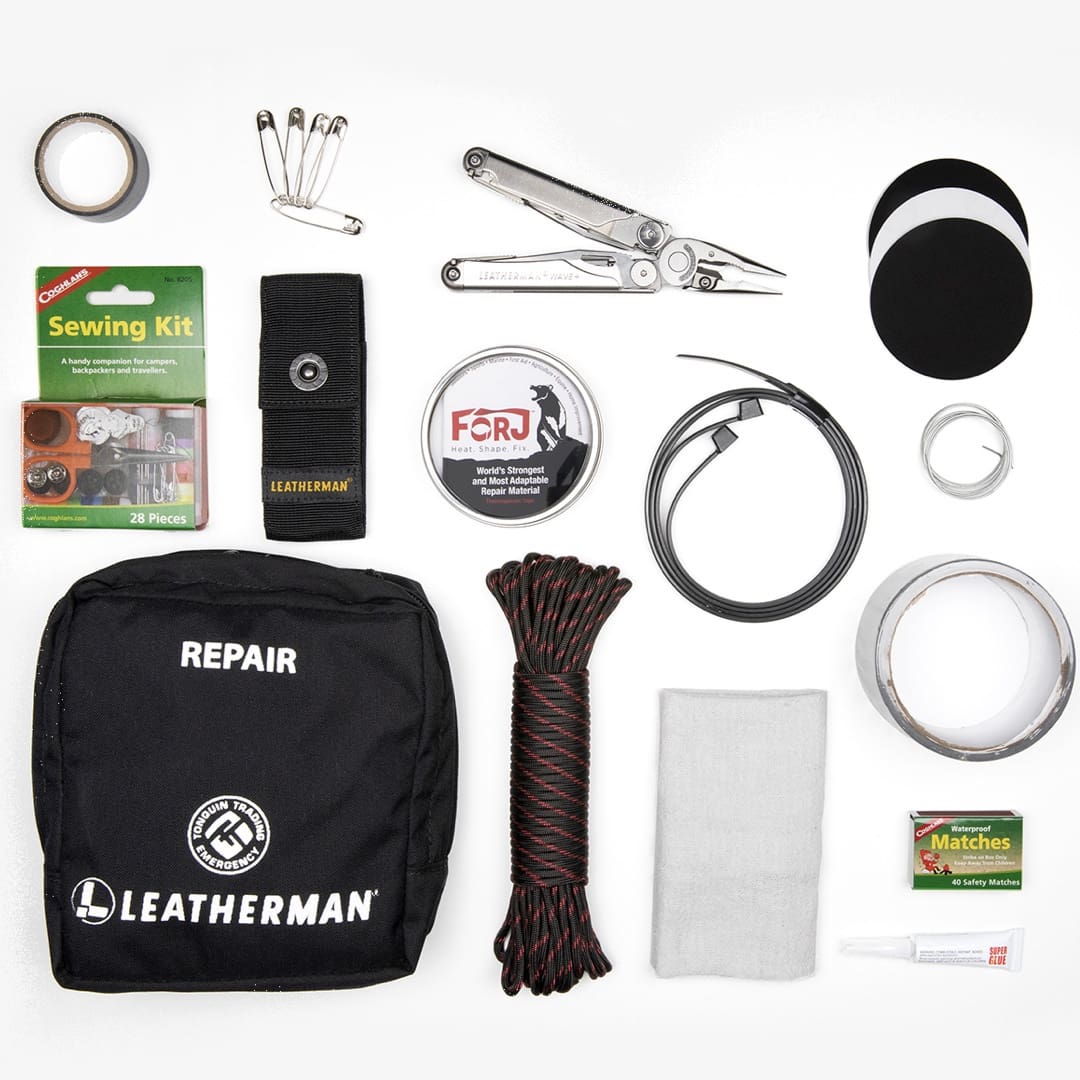
In addition to the 18 tool Wave Plus, the kit includes: Duct Tape (2 in x 10 yd), waterproof matches, electrical tape, safety pins (1 3/4″), zip ties 24″ (x2), shop rag, Paracord 50′, thermoplastic repair tape, gear patches, superglue, nylon repair thread and needle set, and 19 gauge wire.
Here, Tonquin Trading founder Jason Johnson, gives you an overview.
www.leatherman.com/tonquin-preparedness-kits
Coming this November, the First-Light GLIDR was developed under an AFWERX SBIR (Small Business Innovation Research) contract to create the ultimate aircrew light.
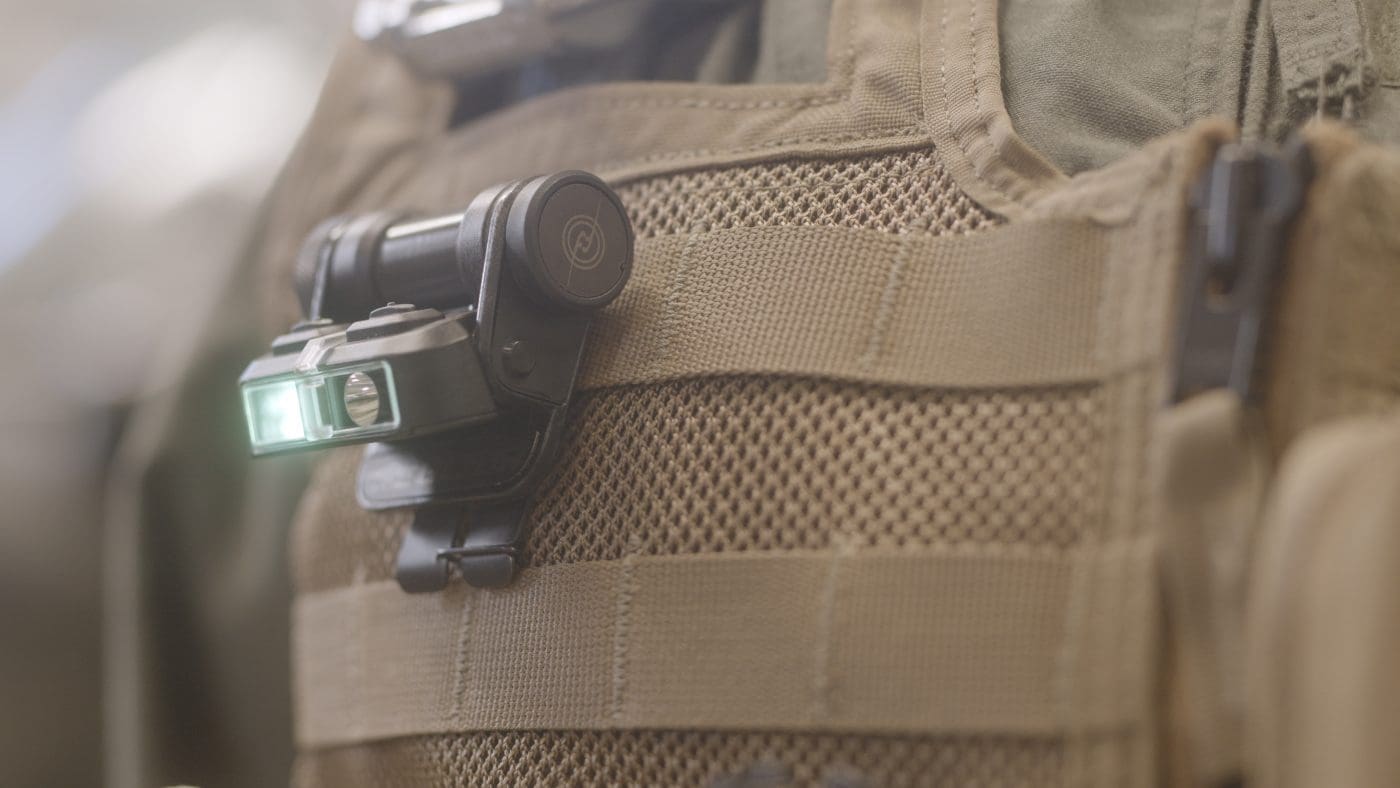
This PALS compatible light can also be mounted to clothing and helmets thanks to the 360-Degree, rotating steel clip.
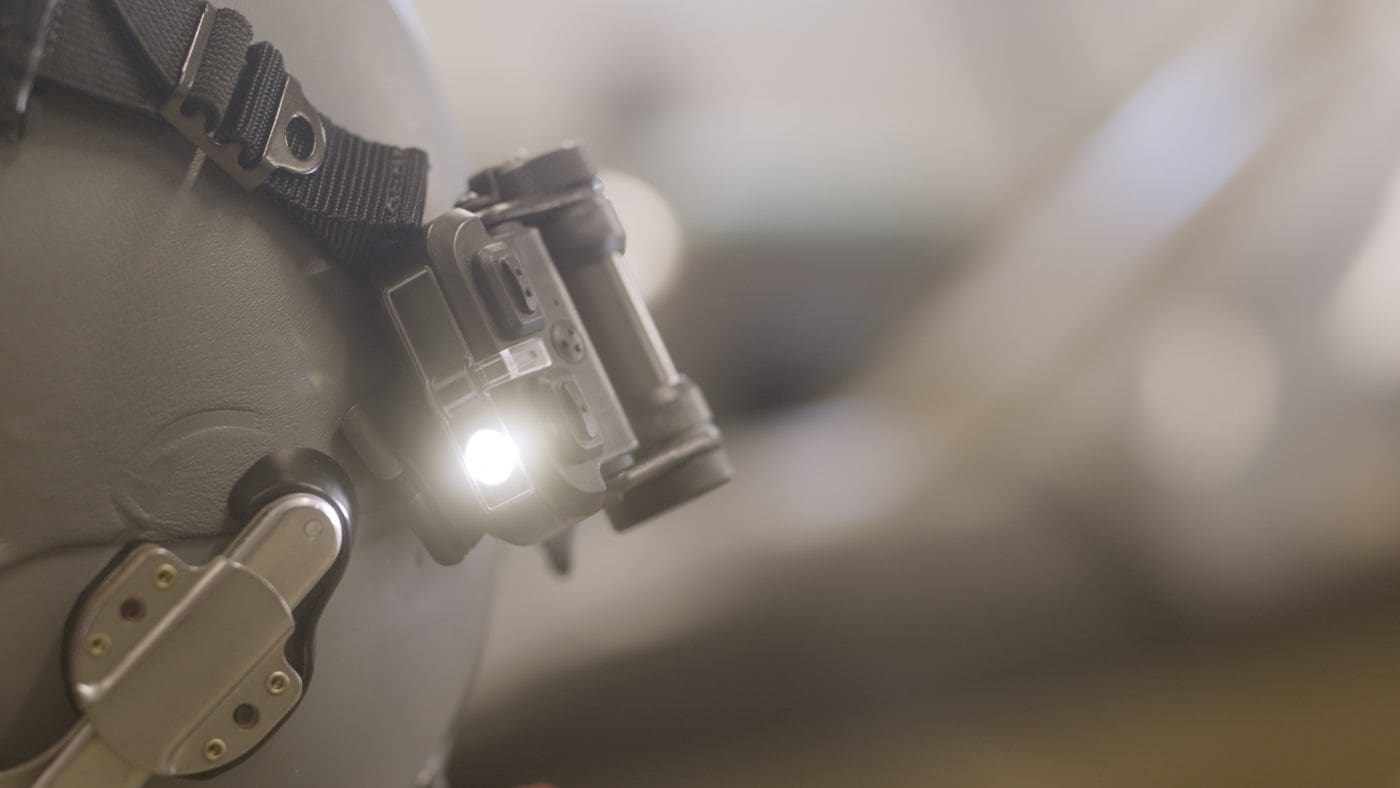
There’s even a headlamp band.
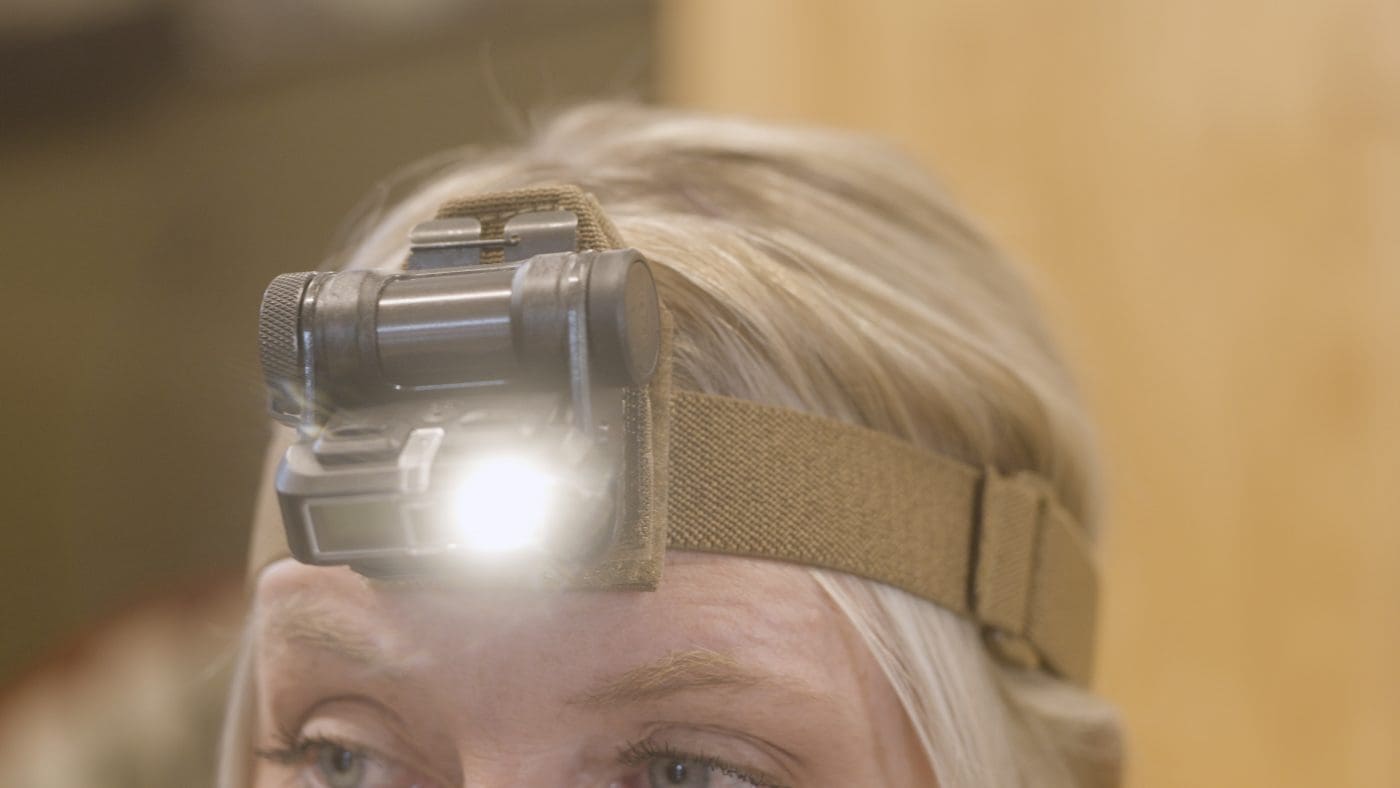
It’s compact (60 x 53mm or 2.37 x 2.09 in) and lightweight (2.7oz with battery, 2.2oz without battery) and is powered by a single AA battery.
It offers White Light, NVIS (Mil Spec 3009) and IR (880nm).
Light Specs:
High White: 100 Lumens
Medium White: 40 Lumens
Low White: 10 Lumens
White Constant-On:
High: 5 Hours
Medium: 18 hours
Low: 30 Hours
White Beacon:
50 Hours
NVIS (Mil Spec 3009):
High: 5 Hours
Medium: 20 hours
Low: 40 Hours
Infrared Constant-On:
High: 10 Hours
Medium: 25 hours
Low: 40 Hours
Infrared Beacon: 60 Hours
Infrared and White-Light Beacon Flash Rate: 60/minute
Light Dispersion
White: Foucused Beam
NVIS: Flood Beam
Infrared: Omnidirectional
Waterproof 1 meter for 30 minutes (MIL-STD-810H / IPX7)
Offered in Midnight Black and Dark Gray.
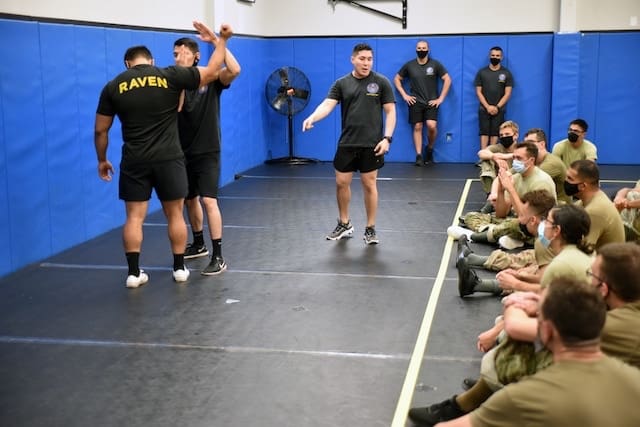
JOINT BASE MCGUIRE-DIX-LAKEHURST, N.J. (AFNS) —
U.S. Air Force Expeditionary Center instructors executed the first Phoenix Raven Qualification Course of the year from July 27 – Aug. 19.
Due to the constraints of COVID-19, Phoenix-Raven instructors from the 421st Combat Training Squadron had to completely redesign the PRQC in order to maintain the health and safety of the students and instructors, while also meeting all the training requirements to produce fully qualified Air Force security forces Airmen.
Typically the course is very hands-on, said Staff Sgt. Melida Diaz, 421st CTS Phoenix Raven Qualification Course instructor. “We had to think outside the box and figure out how we can train the students; including combatives and (Armament Systems and Procedures) baton training where they can still receive the training that they need with no contact with the instructors.”
The solution was to divide the course into two parts. The first part required 14 days of restriction of movement, or ROM, of the students in Joint Base McGuire-Dix-Lakehurst lodging. During this two-week period, the students were monitored for any symptoms or signs relating to COVID-19.
While the students were restricted to their rooms in lodging, they also had 14 days of virtual training with instructors being available, so they were able to complete most of the academic classes prior to the second part of the training, said Staff Sgt. Alonzo Piper, 421st CTS PRQC instructor.
The PRQC academics covered multiple subjects, such as warrior mindset and comprehensive Airman fitness, arming and use of force, cross-cultural communication, individual protective measures, anti-terrorism, surveying airfields, aircraft familiarization, embassy operations and legal considerations.
Upon completion of the ROM, the students transferred to the 421st CTS student dorms and started 10 days of physical training where they learned verbal judo, various Air Force combatives, weapons defensive principles and the use of the ASP baton.
“We teach Air Force combatives at a comprehensive level,” Piper said. “Air Force combatives are self-defense techniques from the ground or standing positions. The standing position is where we teach different strikes, takedowns and different grip techniques to control an individual; and then we go into a ground portion to show how to defend yourself on the ground with the different fighting positions that you can end up in, different submissions or chokes that you can use if you need to use them to defend yourself.
“We teach weapon takeaways and weapon defensive principles as well, it allows us the ability to defend ourselves if we are threatened with weapons when we don’t have a weapon to defend ourselves.”
Implemented in February 1997 and launched at the then Air Mobility Warfare Center, at Fort Dix, the Phoenix Raven Program ensures protection for Air Mobility Command aircraft operating out of airfields where security is unknown or inadequate. Teams of specially trained and equipped security forces personnel, known as Ravens, deploy aboard AMC aircraft.
“The Ravens are specialized security that go with different aircraft to austere environments. These airfields don’t have adequate security and we are there as the insurance policy to get the mission done. The jet, personnel, cargo and everything with it; we’re there to secure it, and at the end of the day, that’s what it’s all about,” said Staff Sgt. Tanner Hall, 421st CTS PRQC instructor.
Explaining what distinguishes a Raven, Hall noted the ability to use verbal judo and the ASP baton “are kind of the bread and butter of what makes a Raven, because a lot of these environments we don’t necessarily have the capability of taking weapons off the jet, and being able to verbally de-escalate a situation is the key to most of these interactions. However, we have our ASP baton that we drill to perfection as a secondary means of gaining compliance where we might not be able to by other means.”
The term “Phoenix Raven” is a combination of the word “phoenix,” a standard AMC program prefix and the word “raven,” an intelligent bird with keen eyesight.
To become a Raven, students must “pass the evaluations that we have here at the course such as the baton training as well as use of force,” Diaz said. “The students also have different types of tests such as the end-of-course exam and a written test for the baton.”
She also noted that it was important for the students “to show that they have heart, dedication, a positive attitude and that they are going to be ambassadors for not only security forces but the Air Force.”
Upon completion of the qualification course, Phoenix Raven graduates earn an individual Raven Number, owned by them forever.
Raven candidates can volunteer though their unit where they are vetted through their chain of command and selected by their commanders.
By Maj George Tobias, U.S. Air Force Expeditionary Center Public Affairs
The Raptor Tactical NVG Mount gives you a low profile, yet durable option to mount your NVG’s and other helmet mounted items, like cameras and lights. ?
?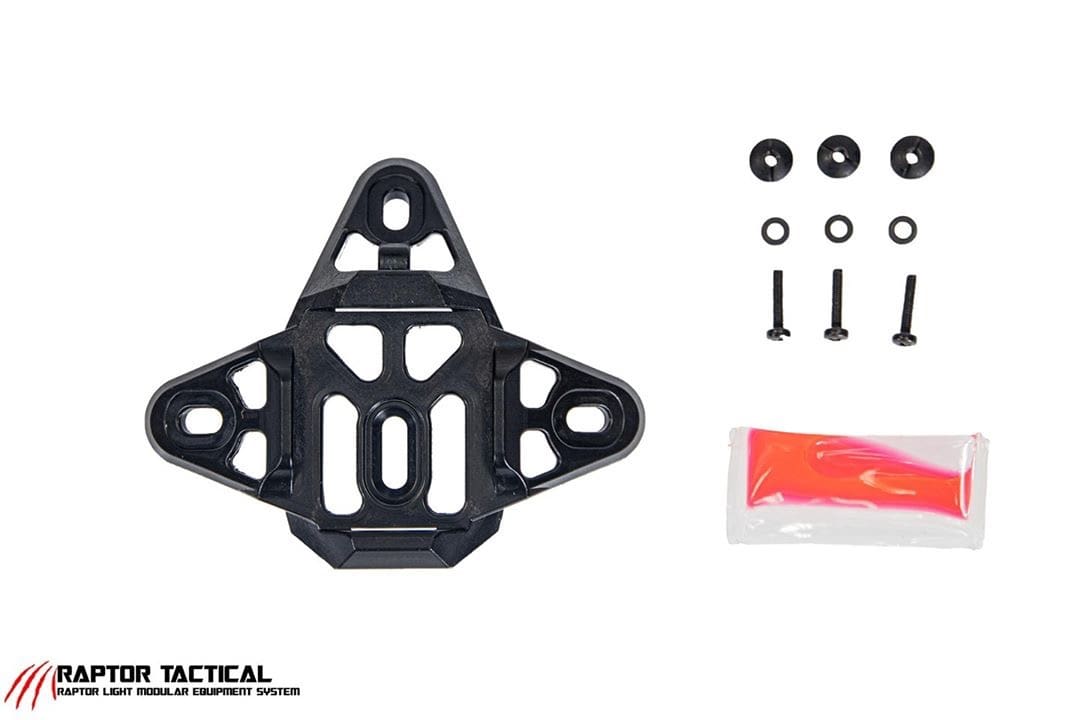
Made from impact modified composite nylon 6 with 30% fiberglass fill, the mount incorporates a tie down cord point.
The profile reduces the risk of snagging, and breaking during missions. Mounting hardware and LockTite is included?.
Compatible with most Rhino mounts on the market.
www.raptortactical.com/home/254-shroud
Earlier this year, K-9 Cody was vying for the Law Enforcement category of the American Humane Hero Dog Awards. Thanks to public support, she was selected and now she is in competition for the program’s equivalent of Best In Show.

K9 Cody is a local working dog here in the Tidewater of Virginia. In fact, if you’ve been to Busch Gardens over the past few years, you’ve probably seen her.
She started life as an explosive detection dog and made her way back to the states where she’s been all over the place.
The American Humane Hero Dog Awards® is an annual, nationwide competition that searches out and recognizes America’s Hero Dogs.
Vote at herodogawards.org/dog/k-9-cody.
Last summer we told you that a men’s version of the Under Armour Breeze running short was coming. Well, it’s finally here.
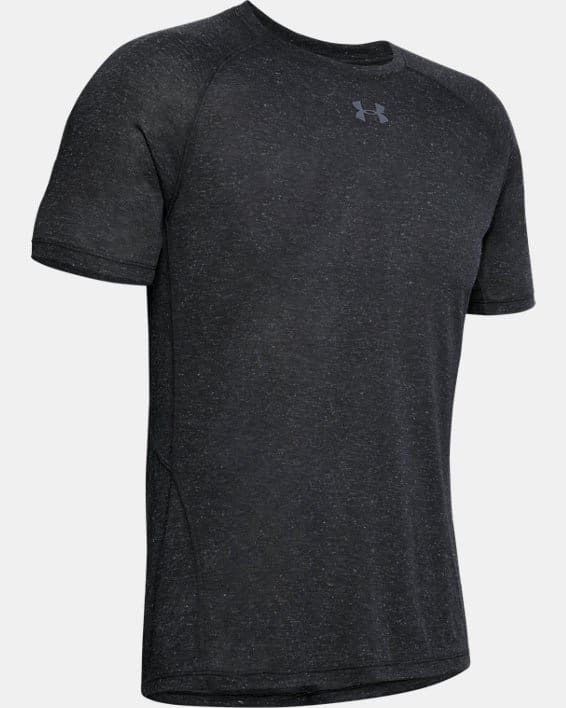
Made from GORE-TEX Infinium fabric, it’s soft on the skin and dries quickly. uA has added mesh panels for added breathability and built-in an anti-odor treatment prevents the growth of odor-causing microbes. Finally, there are reflective panels for low-light runs.
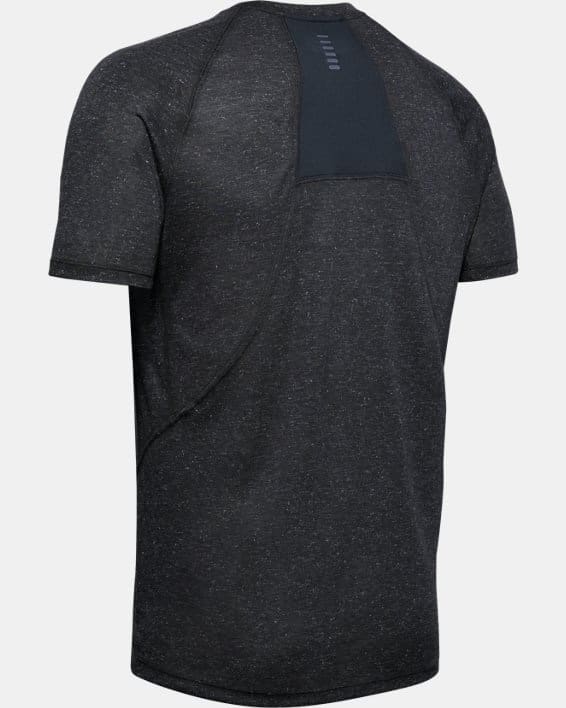
Offered in Black, Halo Grey and Cinna Red in sizes Small – 3XLarge.
www.underarmour.com/en-us/p/tops/mens-ua-breeze-short-sleeve-t-shirt/1350086